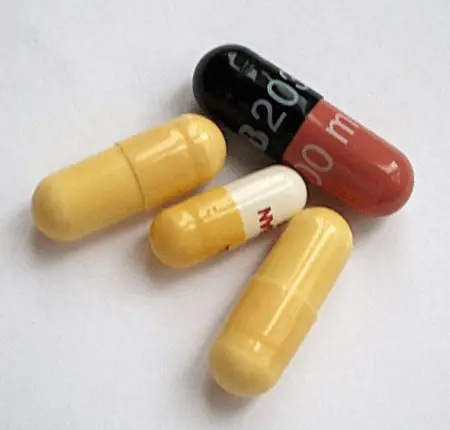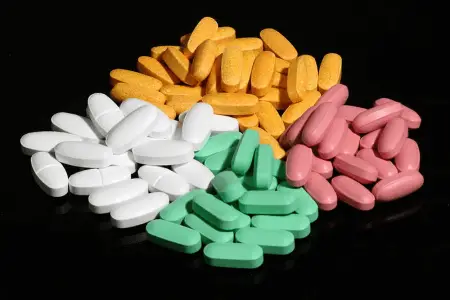Medicine can be administered in different types of pharmaceutical dosage forms. It can be in the form of oral or intravenous medication. Oral medication also comes in different forms- solid and liquid medication. Solid medication is swallowed in either capsule or a tablet form. What is the difference between a capsule and a tablet? Let’s find out in this article.
Summary Table
| Capsules | Tablets |
| First patented in 1834 | Used as early as 1500 BC |
| Soft-shelled and hard-shelled | Compressed powder form |
| Blow molding process | Molding or compression process |
| Taken orally | Administered orally, sublingually, rectally or intravaginally |
| Contains powder or suspended oil medicine | Made of powdered medicine |
Descriptions

A capsule is a shell or container used to encapsulate medicines. These are taken orally by patients. Capsule medicine can be soft-shelled or hard-shelled. Capsules are made from gelling agents such as animal protein. Plasticizers are added to decrease the capsule’s hardness and coloring agents can be added to change their color.
Hard-shelled capsules are made from gelatin and contain dry, powdered ingredients.They were patented in 1847 by James Murdock. The powder solution fills half of the capsule and the other half is pressed on.

Soft-shelled capsules are used for oils or active ingredients that are suspended in oil. Soft-shelled capsules were invented in 1834 by Mothes and Dublanc. The method of producing these single-piece soft-shelled capsules was granted a patent. Medicine was transferred into the capsules using a medicine dropper but now it is transferred using a blow molding process.

A tablet is another oral pharmaceutical dosage form. It is usually prepared by molding or compression to create a solid dose. About two-thirds of all prescriptions are in solid dosage forms and half of these are tablets. While they are commonly taken as an oral medication, they can also be administered sublingually, rectally, or intravaginally.
The earliest records of tablets date back to 1500 BC in ancient Egypt where pills were found on papyruses. Plant powders or spices that were used as medicinal ingredients were mixed and formed into pills. Tablets are typically difficult to swallow. During the medieval era, tablets were coated with slippery plant substances so that patients would be able to take them easily. Tablets have different coatings and markings to be easily recognized and distinguished from other tablets. Today, some tablets have special properties such as fast-dissolving formulations.
Capsule vs Tablet
So what is the difference between a capsule and a tablet? While capsules and tablets are both oral pharmaceutical dosage forms, there are differences in their appearance, production process, history, and methods of administration.
Appearance
Capsules can be soft-shelled (for gel substances) or hard-shelled (for powdered substances) while tablets are always in compressed powder form.
Production Process
Medicine is transferred into the capsules either by blow molding for soft-shelled capsules or by transferring and pressing together the hard-shelled capsules. On the other hand, tablets are prepared by molding or compression.
History
Tablets were used as early as 1500 in ancient Egypt while capsules were first patented in 1834 by Mothes and Dublanc. The discovery of capsules was the result of patients’ difficulty swallowing tablets.
Methods of Administration
Capsules are taken orally while tablets can be administered orally, sublingually, rectally or intravaginally.
Video
Here is a video further discussing the difference between capsules and tablets.


